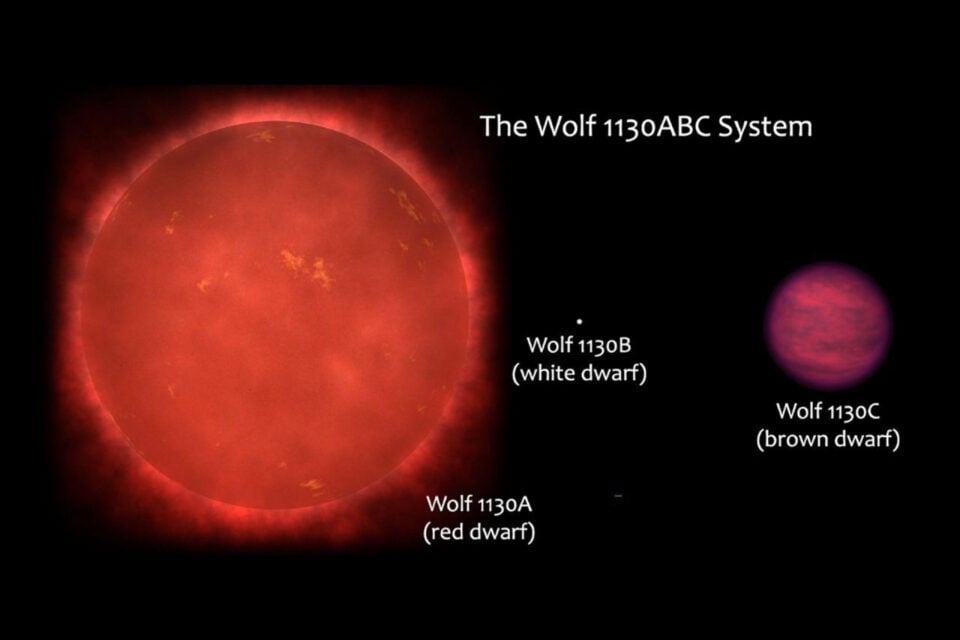
The finding suggests phosphine—a potential biosignature—shouldn’t be viewed as evidence of alien life until natural, non-biological sources are ruled out.
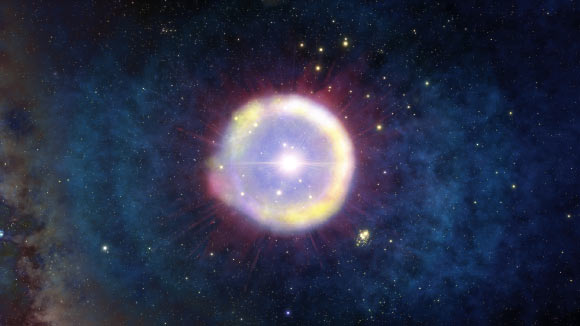
A new theory proposes that Population III.1 supermassive stars were progenitors of supermassive black holes in the early Universe.
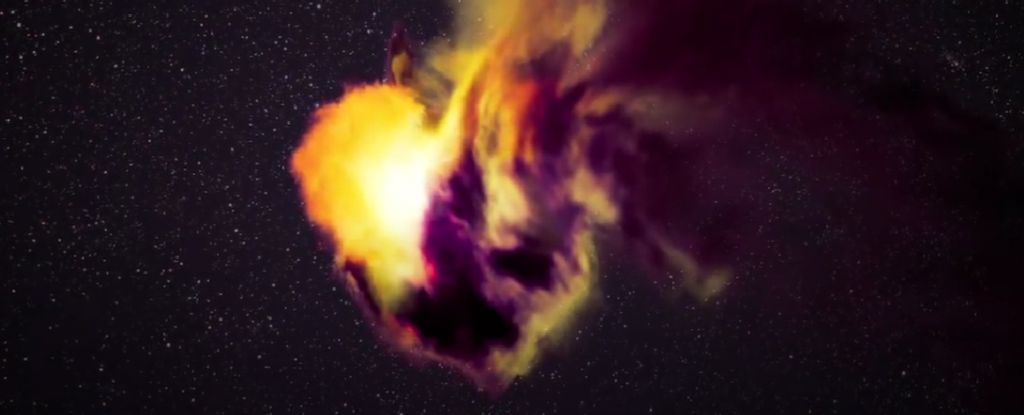
In 2021, astronomers watched in astonishment as a supernova 2.2 billion light-years away named SN2021yfj bloomed, rich with silicon, sulfur, and argon – something never before seen in an exploding star.
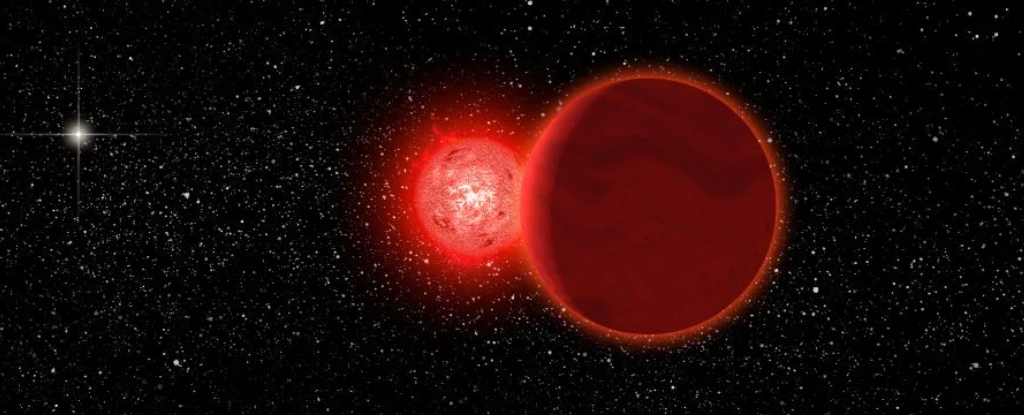
About 70,000 years ago Scholz's star passed through the Oort Cloud. It may have perturbed some comets from the Oort Cloud. But we won't know for a couple of million years because that's how long it would take for a comet to reach us.
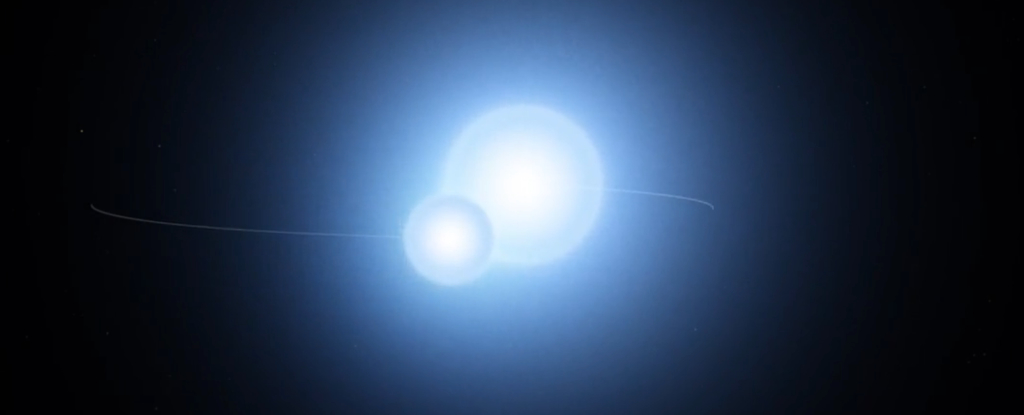
Binary star systems are pairs of stars held together by gravity, orbiting a common center of mass.

On May 6, 2025, an international team of astronomers using the W. M. Keck Observatory in Hawaii said it has listened to the “music” of a nearby star.

A celestial shadow known as the Circinus West molecular cloud creeps across this image captured with fabricated Dark Energy Camera - one of the most powerful digital cameras in the world.
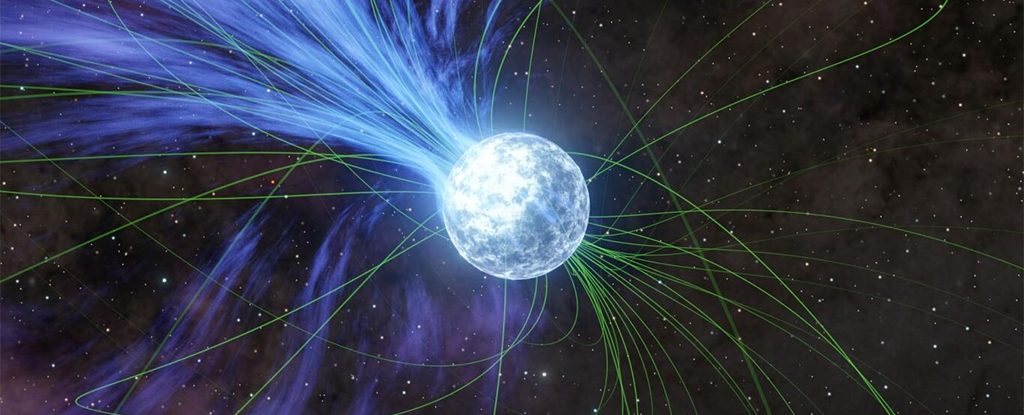
Scientists have long been trying to determine how elements heavier than iron, including gold and platinum, were first created and scattered through the Universe, and new research may give us another part of the answer: magnetars.

The "music" of starquakes - enormous vibrations caused by bursting bubbles of gas that ripple throughout the bodies of many stars - can reveal far more information about the stars.

A recent study reveals that the famous Wolf-Rayet 104 "pinwheel star" holds more mystery but is even less likely to be the potential "death star" it was once thought to be.

In this incredible image, we can see the unrestrained energy of two young stars about 650 light-years away as their energetic jets create a distinct hourglass shape with clumps and swirls of gas and dust.

A galaxy called GLIMPSE-16403, is by no means confirmed as a Population III host. But the identification of even a candidate suggests that it's only a matter of time before we finally locate the first stars in the Universe.
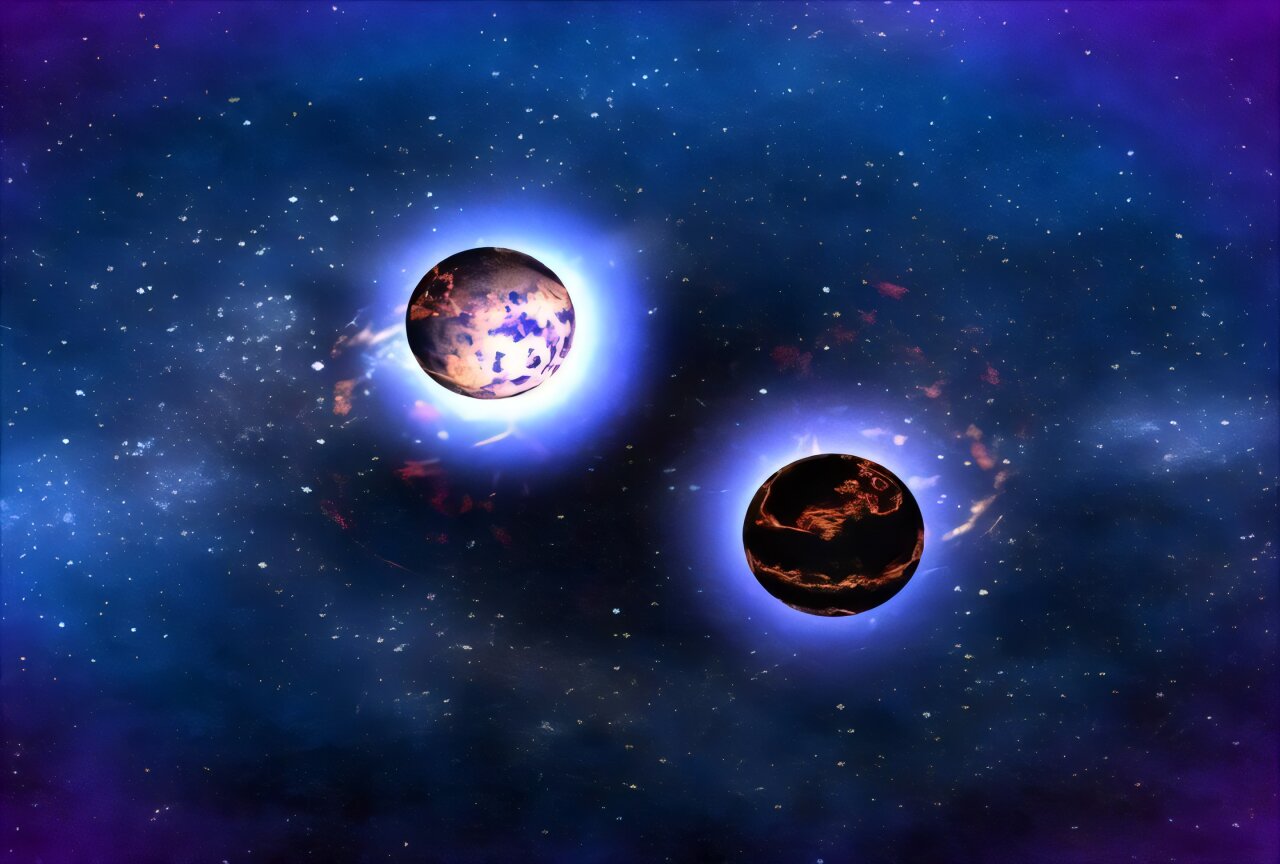
Ultrahigh Energy Cosmic Rays are the highest-energy particles in the universe, whose energies are more than a million times what can be achieved by humans.
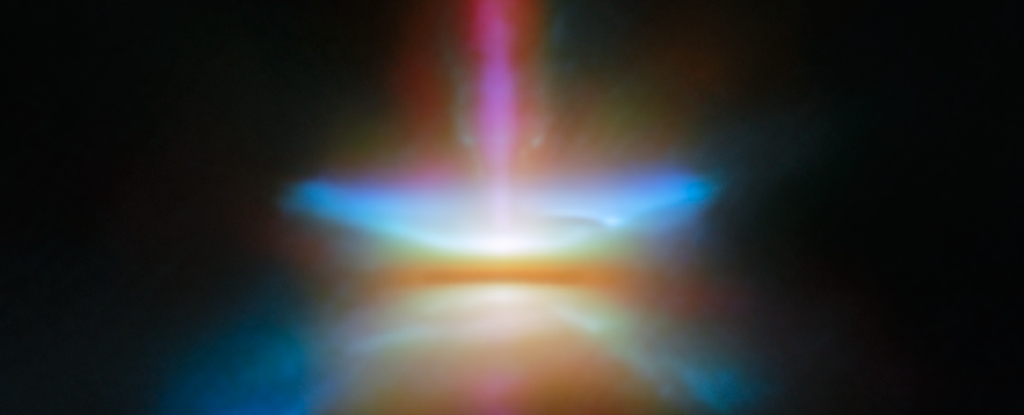
This new image of the protostar HH30 is in amazing new detail thanks to the JWST. The image shows the protoplanetary disk seen edge on, with a conical outflow of gas and dust, with a narrow jet blasting out into space.
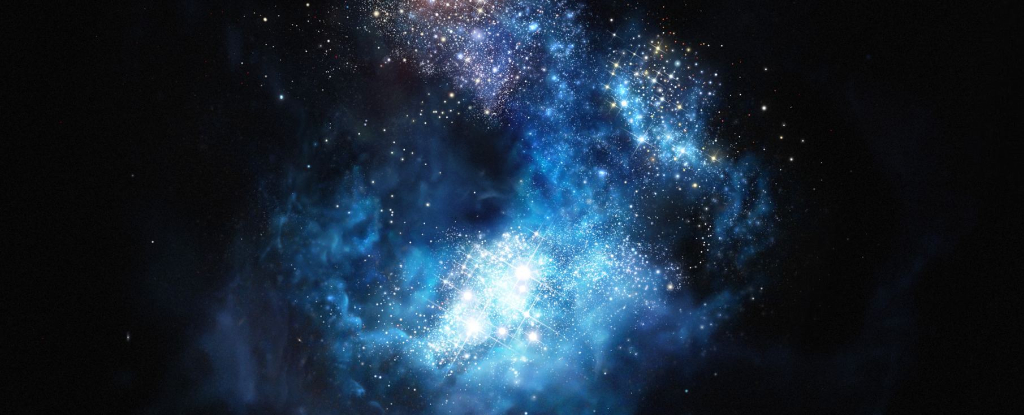
A new study argues that Pop III stars flooded the cosmos with water. Based on this, by 100 to 200 million years after the Big Bang, there could have been enough water and other elements in molecular clouds for life to form.